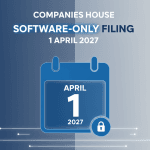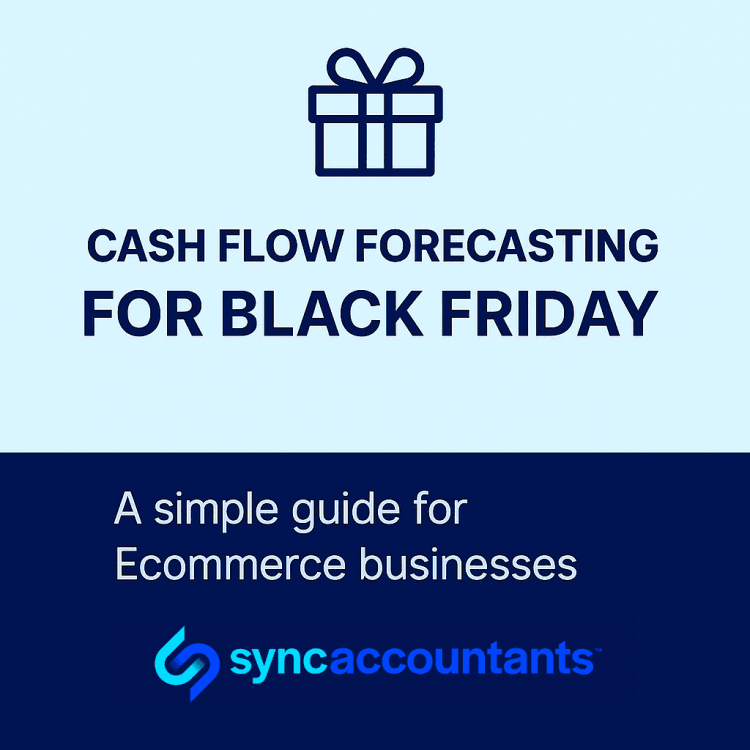
From 1 April 2027: Companies House software-only filing — what to do now
September 25, 2025
Do I Need a Separate Correspondence Address for My TikTok Business?
October 9, 2025TikTok creator samples accounting UK often gets messy because creator seedings sync from TikTok Shop or Shopify as a sale with a 100% discount. That does not mean revenue occurred. For UK GAAP/FRS 102 and VAT, reclassify these orders as a marketing expense (or COGS – Samples if you track margin that way) and apply HMRC’s rules for samples, business gifts, and barter/influencer promotions.
Why the 100% Discount “Sale” Skews Your KPIs
Zero-revenue “sales” can inflate gross sales and discounts while hiding the true cost of creator activity. The clean approach is to keep revenue KPIs free of these faux orders and move the item’s cost from Inventory to Marketing (or COGS – Samples). That gives you true campaign spend and a clearer ROI by creator.
TikTok creator samples accounting UK: VAT rules in plain English
- Genuine product samples: Where the item is a trial quantity/format so someone can assess the product, no output VAT usually arises when it meets HMRC’s definition of a “sample”. Keep evidence of the sample purpose and format.
- Business gifts: If it is not a true sample and you recovered input VAT, account for output VAT on the gift unless the total cost to the same person is ≤ £50 in any 12-month period.
- Influencer/creator barter: If the creator provides promotion/content in return for your goods, it’s non-monetary consideration (barter). You normally owe output VAT on the open market value (often retail price) of the goods supplied. If the creator is VAT-registered, they should charge VAT on their promotional service. Document the value exchanged.
Journal Entries (FRS 102 context)
1) Standard treatment (most common)
- On dispatch: Debit Advertising/Marketing Expense (at item cost) → Credit Inventory.
- VAT:
- Sample: usually no output VAT (retain rationale and evidence).
- Gift: post output VAT unless within the £50 per-person rule.
- Barter: post output VAT on open market value; recognise the creator’s service (advertising) at the same value in your records.
- Platform created a £0 sale? Reclassify the revenue/discount lines to a clearing account so they don’t inflate top-line KPIs.
2) If your policy routes to COGS
- Debit COGS – Samples (sub-account) → Credit Inventory.
- Use only if you measure contribution margin including sample spend.
TikTok Shop & Creator Ops Checklist
- Create “SAMPLE-ONLY” SKUs mapped to Marketing (or COGS – Samples) so entries bypass revenue/discount accounts.
- Automation rule: if discount = 100% and customer tag = Creator → post to expense and trigger the correct VAT workflow.
- Capture dimensions: creator handle, campaign, platform; reconcile monthly ROI.
- For barter, store contracts/DMs, content links, and open-market valuation for VAT files.
Policy note for your accounting manual
Under FRS 102, inventory is recognised as an expense when sold or consumed (e.g., distribution as samples). Document when a seeding is treated as a sample vs gift vs barter and how VAT is valued (open market value for barter). Keep the audit trail.
Conclusion: Clean books, UK VAT-compliant
Handled correctly, TikTok creator samples accounting UK keeps KPIs clean and VAT treatment defensible. Reclassify 100% discount orders to Marketing (or COGS – Samples), apply HMRC rules for samples, gifts and barter, and record valuations so both your ROI and your VAT return stand up to review.



